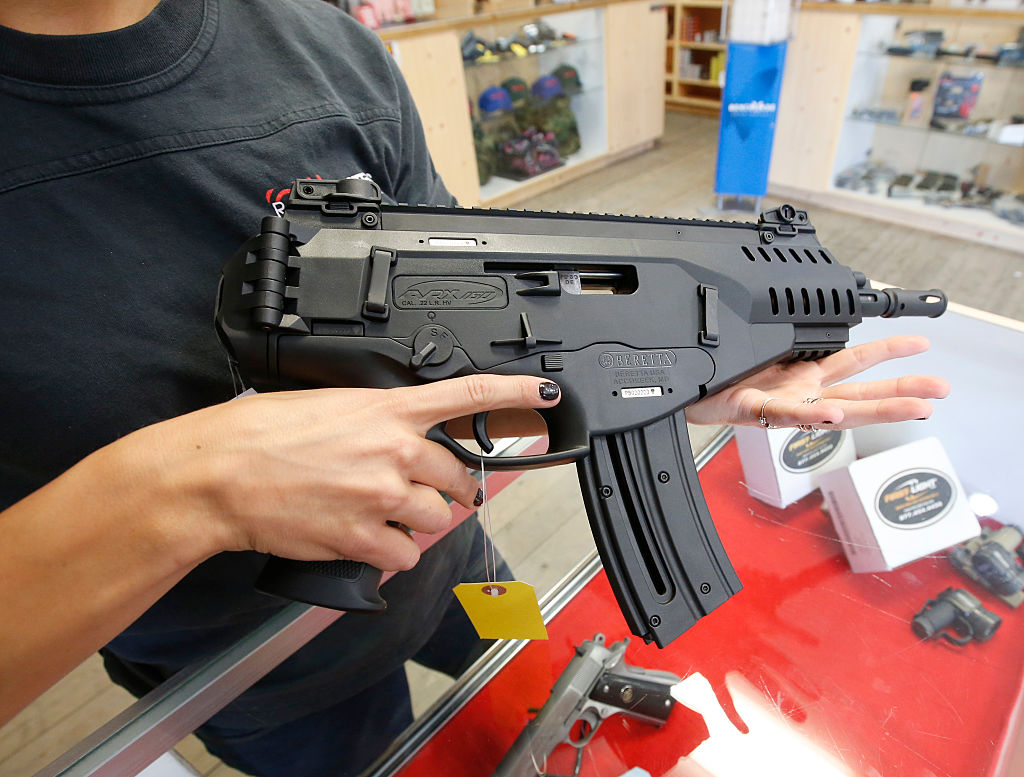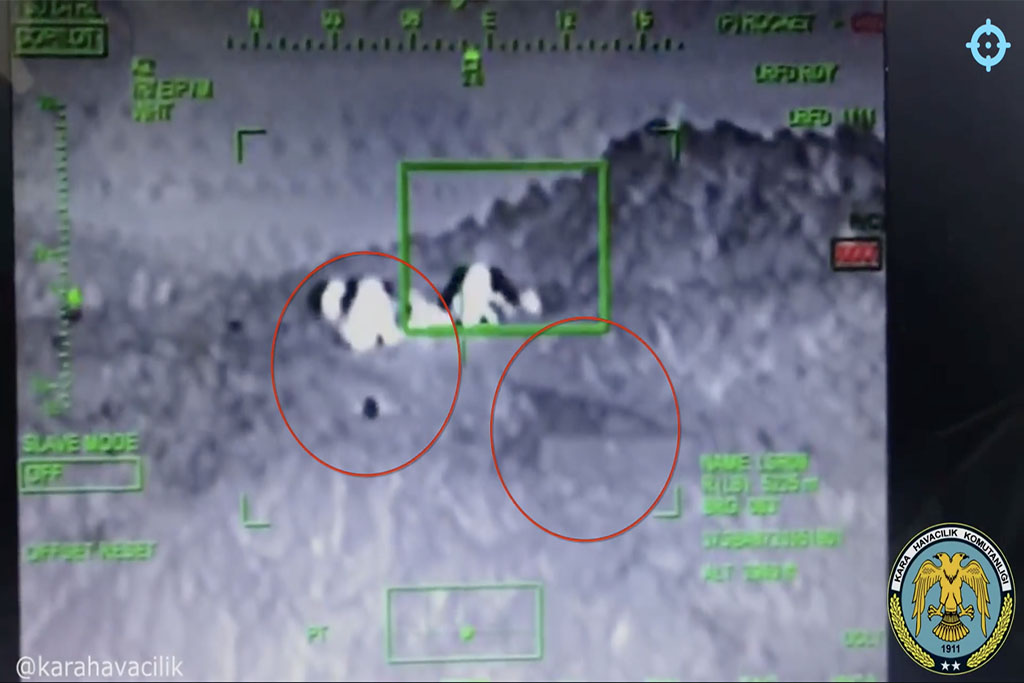Italian arms serving dictators
Tracing Italian weapons to Turkmenistan, Syria and Saudi Arabia
Largely closed off to the outside world, Turkmenistan is one of the world’s most repressive countries. When it comes to press freedom, only North Korea and Eritrea are rated worse. Turkmenistan’s president and his associates have total control over all aspects of public life. Yet, despite this dire record, the country is an important buyer of arms from the European Union, and Italy is its biggest trade partner by far.
We took a closer look at Italian arms deliveries to Turkmenistan and, despite a general lack of transparency, we managed to trace a range of weapons.
Our investigation did not stop at Turkmenistan. We also traced missile launchers for warships that Saudi Arabia has used in its naval blockade against Yemen as well as Italian helicopters that have opened fire on civilians in Afrin, in Syrian Kurdistan. And we honed in on the technology being used by the forces of Syria’s Bashar al Assad to amplify the impact of their tanks in southern Syria.
METHODS
Our investigation into Italian arms was the first in a series scrutinizing Europe’s most active weapons exporters. It followed a successful pilot in the Netherlands, where we used open source intelligence to trace Dutch arms exports from license to deployment.
The team tasked with the Italy arms project underwent two days of training in Brescia, in northern Italy, with recognised experts who helped them create a foundation of critical knowledge and define the most pressing questions that needed to be answered.
The tools used by journalists during the investigation included the latest in open-source intelligence methods. Participants made immediate use of the new skills and tools to sift through data and scour social media for evidence of Italy’s export behaviour. Geolocation and chronolocation techniques subsequently helped us corroborate evidence of obvious or potential breaches of Italian and European regulations governing arms sales and to prove that Italian-made equipment had indeed found its way to repressive regimes. Despite incomplete documents and little transparency, we managed to trace the weapons.
STORYLINES
European countries are among the world’s biggest arms exporters. The top 10 largest arms exporters worldwide include six from Europe, according to the Swedish Peace Research Institute SIPRI.
Officially, EU member states like Italy do not want such weapons ending up in conflict zones or used for human rights violations. And so arms exports are subject to Italian and European laws, according to which every weapon that is exported needs a license – including a certificate declaring its end user. But are these checks and balances enough to regulate an industry where, our investigation, suggests, lax oversight and deniability prevail? It appears not.
The key challenge we faced was to determine who the real end-users of Italian arms are. One destination we focused on was Turkmenistan. One of the world’s most repressive countries is still able to maintain a healthy trade relationship with the EU, in particular for arms purchases from Italy, we found.
The EU purportedly prohibits the sale of arms to countries that suppress individual freedoms. But Turkmenistan appears to have been too irresistible a trade partner for Italy which grasped the opportunity to establish relations with the gas-rich nation.
Beyond Turkmenistan, we documented similar deals between Italy and trade partners including Syria and Saudi Arabia.
To keep up to date with Lighthouse investigations sign up for our monthly newsletter
The Impact
Our investigations don’t end when we publish a story with media partners. Reaching big public audiences is an important step but these investigations have an after life which we both track and take part in. Our work can lead to swift results from court cases to resignations, it can also have a slow-burn impact from public campaigns to political debates or community actions. Where appropriate we want to be part of the conversations that investigative journalism contributes to and to make a difference on the topics we cover. Check back here in the coming months for an update on how this work is having an impact.



